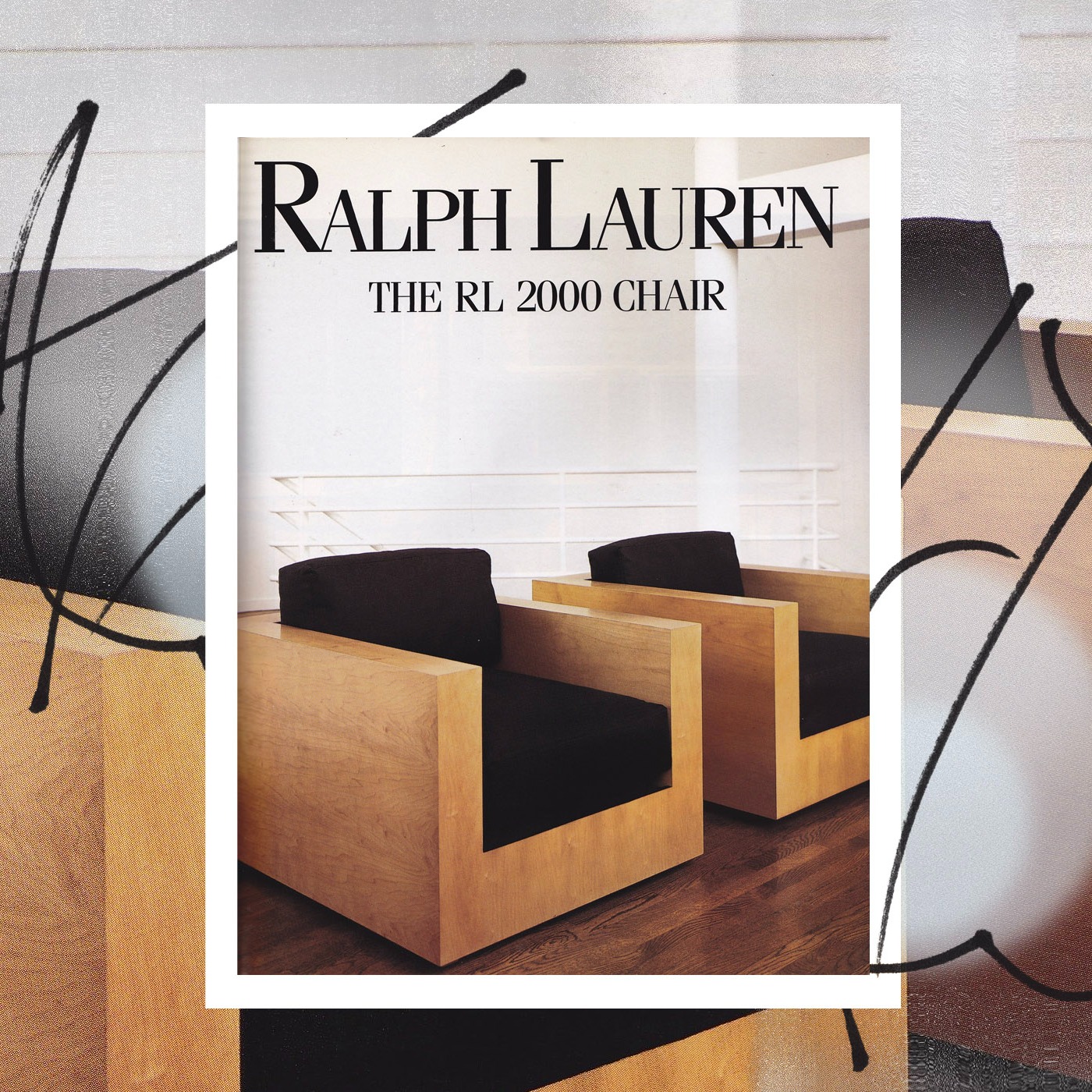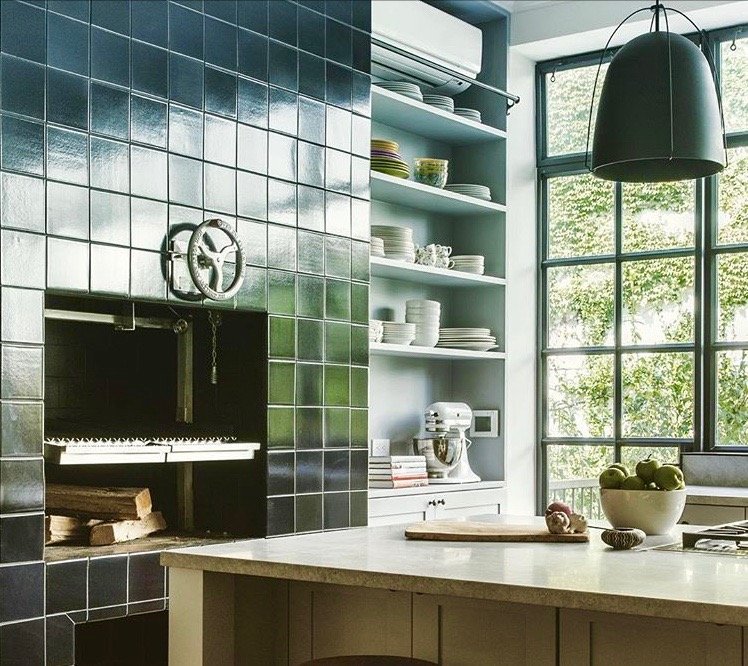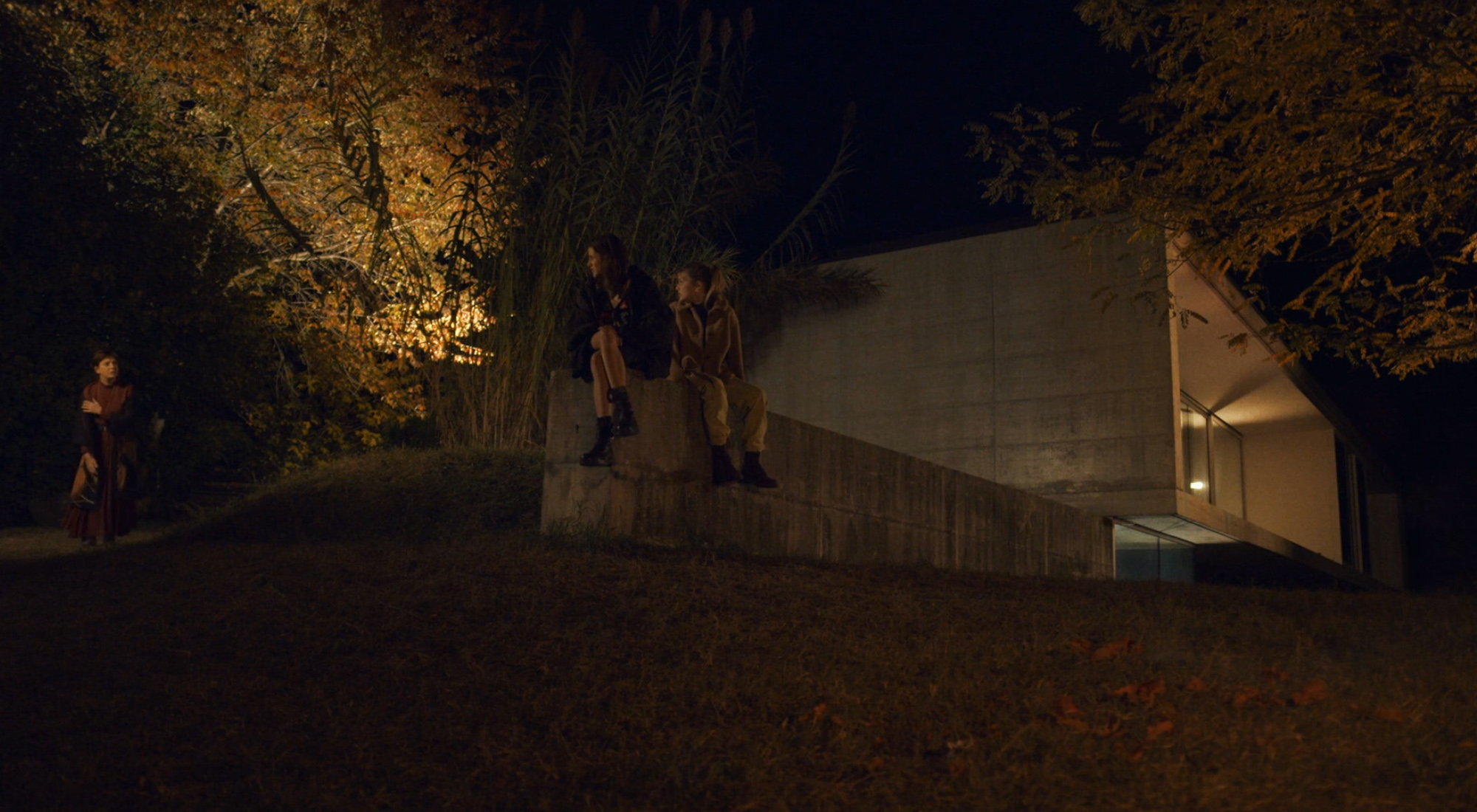- Studio Dirt
- Posts
- A zine that looks inside Phil Panza's playful DIY studio
A zine that looks inside Phil Panza's playful DIY studio
The New York artist produces joyous work, ranging from grand to small, at a mind-boggling clip.

Tyler Watamanuk introduces Prune's newest zine (#003), which features multidisciplinary artist and designer Phil Panza. Prune is Dirt Media’s design and furniture vertical.

On any given day, Phil Panza's studio is full of too many creations to count. There are low-slung benches made from weathered wood, with lush upholstery in shades ranging from salmon pink to sunny, lemon yellow. Wood is carved and sometimes burnt, and concrete is poured and often stamped. Some days, he polishes amoeba-esque silver jewelry, and others, he arranges dried flowers in carved sculptures that fit in the palm of his hand. Even Panza isn't exactly sure what he'll make on any given day.
"I need to have at least the main things out in front of me so I can be like, Oh, what if I used this with that?" he says. "That's just how my mind is thinking. It's just rapid-fire." Panza's career has moved through the worlds of jewelry, fashion, and interior design without breaking stride. (It even included a stint in Portugal, working out of a shared studio space that only cost him 50 euros a month.) But most recently, Panza has settled into his Brooklyn studio in his home state of New York, where each day, he produces joyous objects of all sizes.
This week, Prune released Phil Panza: Studio, a limited-edition zine that gives an unvarnished look at his work and studio space. It's now available to purchase in The Dirt Shop. Below is a conversation with Panza about the project and the role of the studio within his process.


Phil Panza: Studio. 64 pages, 5.5'' x 8.5'', full color, perfect bound zine. Edition of 30.
You work at a very fast pace. On your Instagram, you'll post something you started that morning; by the end of the day, it will be done. Have you always worked like that?
I think it is because I have A.D.H.D. and I've always had it since I was a kid. I was on medication and stuff like that, but I just hated what it made me feel when I was on it. When I'm in the zone, [the medication] helps for that, but I've mostly just learned to deal with it. When it comes to working on my own and being self-sufficient as an artist, I've learned to channel it and use it as a strength. When I go into the studio, because I have the freedom and I'm not working at a job where I have to produce something at a certain speed, it's pretty freeing. Obviously, I sometimes have timelines, but for the most part, I can work as I like. I like coming into this space, having a lot of materials lying around, and allowing my mind to be kind of free.
If I'm working on a larger project, I will get to a point where I'm like, Okay, I can put this to the side, and I'm going to play around with this other idea. I've learned that these ideas come quickly and can go away if I don't get to them in time. I'd rather work quickly and finish it like a sketch. At the end of the day, all these projects are a sketch. In my practice, the art is the process. It's the things going through the mind, the successes, the failures. Finding a new way of working—that's the true art.
I try to be as present as possible because that's how I'm able to complete these sketches. Maybe later, I can focus more deeply on them, scale them up or down, or transfer them to another material. I'll get the idea out and then go back to my main project and finish that up. But at the same time, [working on a new idea] might happen again that same day. I try to make sure that it's not getting out of control, but I always allow that kind of freedom. For the most part, I have just so many fucking ideas, and I just need to get them out of my mind.

That's a beautiful way to work. It has taken me a long time to learn to work with my brain instead of against it. I think many creative people can relate to that nagging feeling of being pulled in different directions. It can feel like a lack of focus, which is a frustrating feeling. I've learned that it's better to swim with the current than against it.
That's exactly it. Honestly, I would be so frustrated, Oh, I have to get this done. I didn't get it done. And I'll be hard on myself for not being more structured. But instead of thinking like that, it's like, No, we'll give you some time. Have some fun. Nobody's going to die. I'm not saving people's lives. I'm just creating shit. So it's not that serious. And then you bang it out, and then you relieve yourself from the stress of not doing that other thing, and you're just like, all right, I did that one thing, and you know what? Now I have time to finish this other thing. It all works out. It all works out in the end.
How do you stay organized within this free-flowing way of working?
I do something similar to "knolling," which this artist [Tom Sachs] made more mainstream. Basically, that's what I kind of live by. I've always worked in that manner. I do like things to be organized, but then, at the same time, with my A.D.H.D., I'm always moving to the next thing.
Sometimes, I'll have something that's the perfect fit or the exact thing I'm looking for, but if it's tucked away, I'll forget. If I don't see it, it's an out-of-sight, out-of-mind thing. I need to have most of my materials and tools in front of me so I can be like, Oh, what if I used this with that? That's just how my mind is thinking. It's just rapid-fire. If I'm trying to solve a problem, it's like, What about this? Nope, not that. This epoxy? Yeah. Oh, actually, no. Maybe clear glue. My mind goes wild, so I need to have all this out. It saves me in many ways.

Do you have any rituals within your day?
First, to start my day, I have to get my coffee or some beverage, even if it's just water. Every time I leave the studio, I have to make sure it's clean. After I'm done working, I usually take an hour to put things away, clean up, and sweep. When I get back into the space the next day, it's usually nice and clean, so I can jump into whatever I'm working on. If I'm working on a set project or a piece, it'll most likely be out so I can get fresh eyes on it and see what needs to be done. Other than that, my day usually flows. When I first get in, I have a good amount of energy, so I'm either doing that one main project or working on whatever needs to be handled at the moment.
I already know, at some point, that sidetracking will happen. That usually comes out around the late afternoon. I do have a periodic smoke session that I'll do with my studio mate or just by myself, but that usually depends on what I'm working on. If I'm using power tools or cutting specific measurements, I'll wait until I'm done doing the stuff I need brain power for. But if I'm in my play mode or just putting pieces together and don't really need to think that much, I'll go over and have my smoke, which can be anytime from noon to two in the afternoon. After that, I'm slightly chilled out, and I get back into the groove until around five or six. And then that's when I start to clean shit up and get ready to bounce to wherever I'm headed.
How do you get through those hours or those days when you feel like nothing's working?
The biggest thing for me is taking a step back or a brief break. Even sometimes, just literally taking a step back can help break through those moments. For the most part, what I've found out is that the answer or inspiration is always there. If you're doing something you enjoy, if you're getting paid for it, then odds are you're probably good at it. You shouldn't really worry. You have it. And sometimes you have to search for it a little bit more, but you have it. And honestly, it's like we get into our heads when it's not there. But it's always there.


MORE PRUNE
|
|
|
|
|




